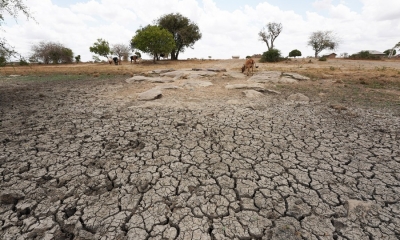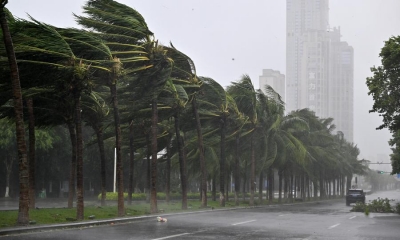COVID-19: Still a Matter of Life and Death
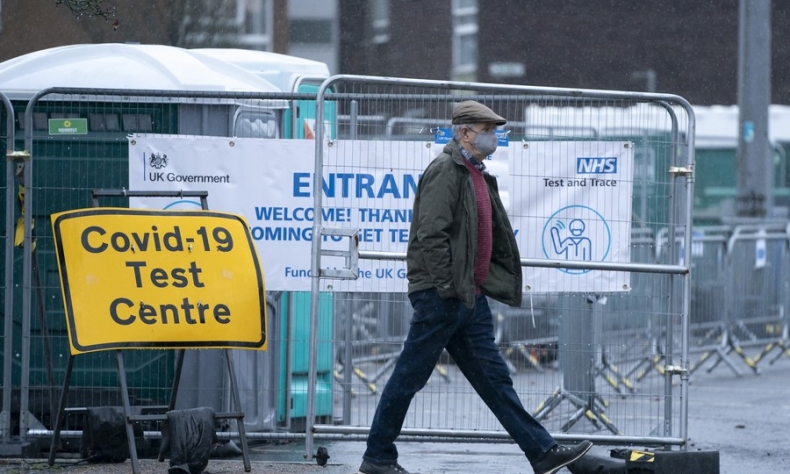
Returning to normality is fraught with real danger. However, the pandemic’s history demonstrates that the Chinese government values the right to life more highly than do Western leaders.
6.7 million people in 224 countries and jurisdictions have died from COVID-19. Many more will have perished without being diagnosed and others because they were denied treatment for other illnesses in overcrowded hospitals. 653 million cases have been confirmed.
The global pandemic is not over. While statisticians still count high numbers of deaths, neither national publics nor world leaders seem to want to notice. Worldwide, 1,636 died of COVID-19 every day in the week ending December 12, 2022. During the same week, COVID-19 killed 2,826 Americans, 370 more than died in the 20-year War in Afghanistan.
COVID-19 has done lasting damage to the global economy. The world’s collective gross domestic product (GDP) fell by 3.4 percent in 2020 – equivalent to every adult and child losing US $385.
Spreading first mostly among rich countries, COVID-19 initially reduced global income inequality. But, by the end of 2021, inequality had risen by 1.2 percent. Prior to the pandemic, it had been expected to fall by 2.6 percent.
The inequalities have persisted, and look set to rise. In 2020, global indebtedness increased by 28 percentage points of GDP, the largest rise in over 50 years. Higher domestic inflation in the U.S., indirectly caused by the pandemic, led the Federal Reserve to increase interest rates leading, in turn, to a 20 percent plus rise in the value of dollar. The result has been a massive hike in the cost of servicing debt, adding to what the IMF has previously described as a ‘debt pandemic’ among developing countries.
With the global economy stalled by the pandemic, it was inevitable that poverty would rise. It did – by 115 million in 2021 alone. The pandemic has also increased the numbers at risk of slipping into poverty by 107 million.
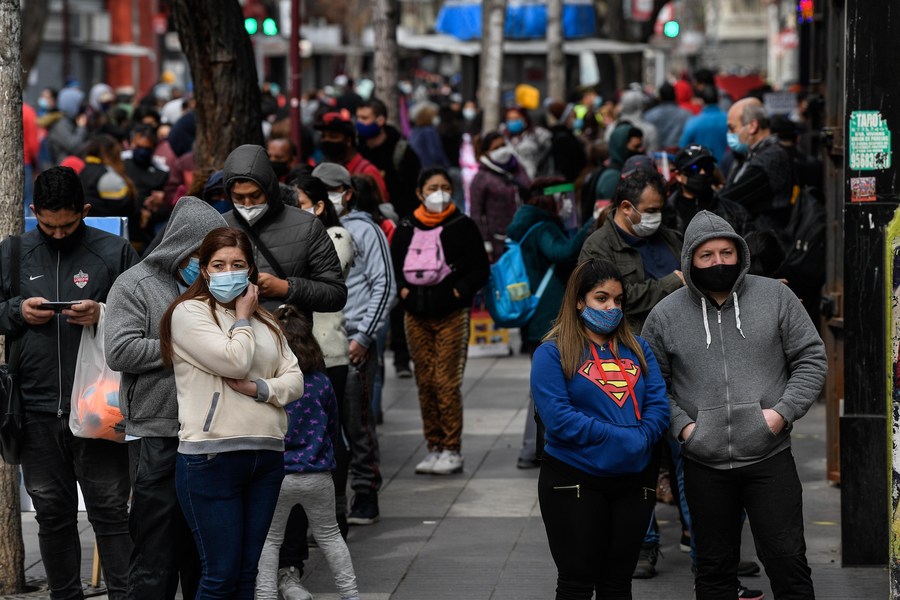
Grim as these statistics are, they would have been much worse had China failed to adopt its COVID-19 management policy. While global GDP fell in 2020, China’s economy grew by a modest 2.2 percent rising to 8.1 percent in 2021. The effect – China being the world’s second largest economy – was to reduce both the depth and length of the global recession.
By tightly controlling the spread of infection, China could also meet the world’s demand for personal protective equipment (PPE). Responding to the pandemic, China initially diverted its PPE production to cover domestic needs but, from April 2020, it rapidly expanded exports throughout the rest of the year. Exports of protective garments to Europe and the U.S. increased by 272 percent and masks by 130 percent during the remainder of 2020.
Tang Ziqi and colleagues at the University of International Business and Economics, Beijing, recently attributed this rapid expansion in production to China’s unique ability to circumvent market forces that cannot readily account for the externalities of private goods – the fact that masks not only protect the wearers but everyone they meet. Ironically, the U.S.A. was ill-prepared for the pandemic having failed, after instigating its trade war against China, to substitute imports of PPE from elsewhere.
Such is the regrettable state of geopolitical relations that China’s success in controlling COVID-19 has been repeatedly belittled. Its initial local lockdowns were described as ‘draconian’ although, by May 2020, 80 percent of countries had implemented some form of compulsory lockdown, national in the case of Italy, Britain and France. Likewise, the insistence on facemasks was ridiculed although scientific evidence now demonstrates their value even after vaccination rates have reached 90 percent. China’s use of contact-tracing apps – implemented by at least 47 jurisdictions – is still singled out as an ‘technology for social control.’
Most Western governments proved unable to persist with control measures copied from China. Liberal democracies prioritize the demands of individuals over the needs of the community. Italy, the first European country to feel the onslaught of the pandemic, imposed a national lockdown lasting nine weeks. Professor Enzo Colombo, University of Milan, described the subsequent debate in Italy between the medical profession, which prioritized life over life quality, and the business community stressing the ‘need to protect production and trade,’ as devoid of “‘social’ perspective capable of placing dignity and human rights as a compass for intervention.”
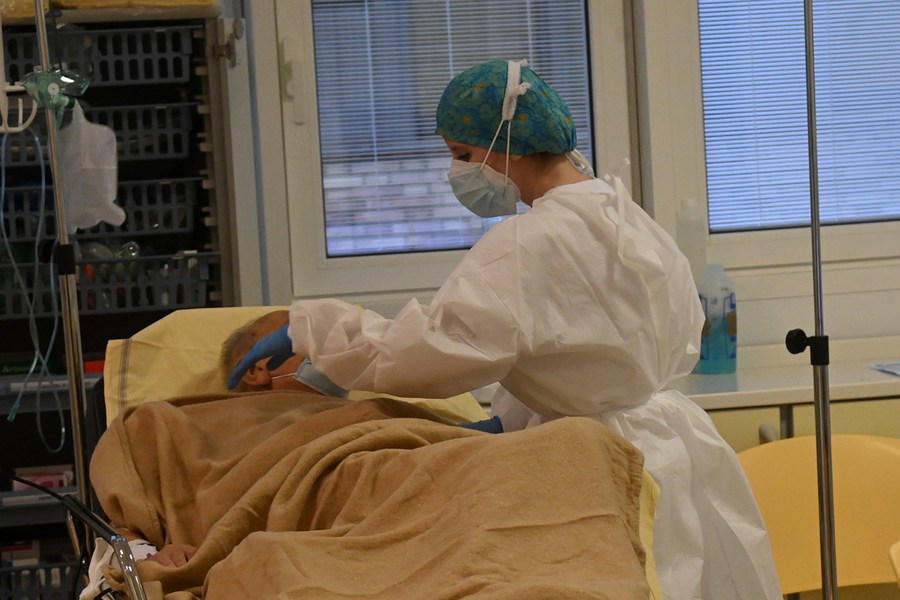
Britain initially considered relying on herd immunity, maximizing the number of infections irrespective of deaths, and then was late in implementing lockdowns and, arguably, too early in lifting them. In the U.S.A., state governments divided on party lines. Republican ones – prioritizing individual liberty – tended to impose weak restrictions and failed to achieve high vaccination rates. This, as Dr. Anthony Fauci, Chief Medical Advisor to the U.S. President, has recently admitted, cost American lives. Deathrates due to COVID-19 in the U.S., U.K. and Italy are almost a thousand times greater than in China.
China has undoubtedly been aided in its control of the pandemic by its collectivist culture. Death rates in Japan, Vietnam and South Korea, other countries that share a Confucian heritage, are less than a fifth of those in the U.S. However, it was policy that really mattered. This is proven by the sad fact that COVID-related death rates in Japan are 118 times those in China. Those in South Korea are 163 times greater.
China’s revised dynamic zero-COVID policy was introduced in August 2021 to contain the Delta variant. It exploits nucleic acid screening and big data analysis to quickly identify infected individuals, then employing quarantine and management measures to bring transmissions to zero. Designed to minimize economic and social costs, it even stemmed the outbreak of Omicron in March/April 2022 when 500,000 infections were reported, 93 percent in Shanghai.
Saving lives is not cheap. The economic toll of containing the Omicron outbreak in Shanghai may have been 10 times the 1.7 trillion yuan incurred when Wuhan was initially locked down in January 2020. With some 28 cities implementing varying degrees of lockdown in October 2022, the IMF downgraded China’s economic growth rate for 2022 to 3.2 percent. While unemployment fell in the third quarter 2022, it remains above 2021 levels.
China has begun the transition from pandemic to an endemic phase. Foreign media take the National Health Commission press conference on December 7 as the point of transition and simplistically present it as a belated response to robust public pressure. It was an important moment, with announcements of a reduction in health code and COVID-test checks, the possibility of isolating at home and priority vaccination of the elderly. However, the refinement was part of a transitional process, not a radical U-turn.
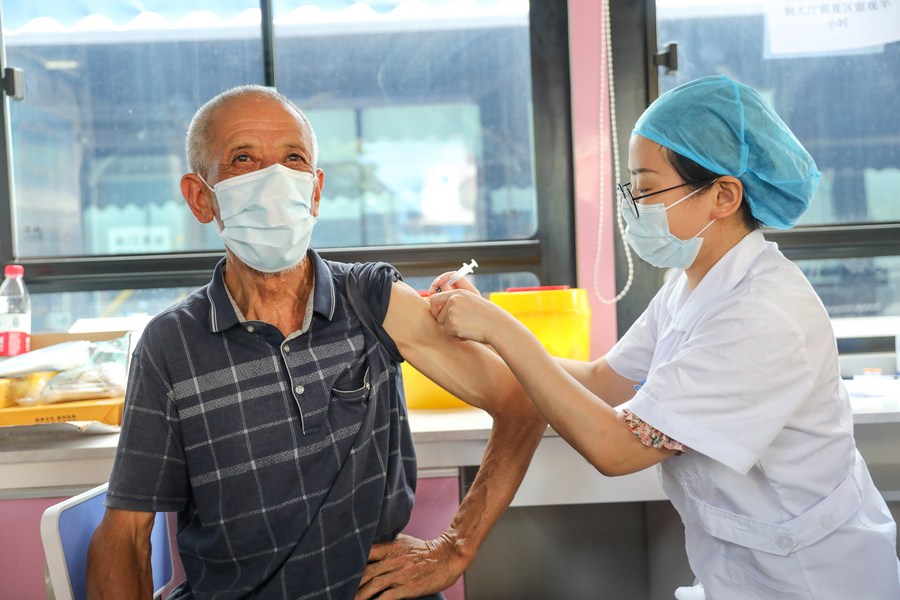
International experience demonstrates the dangers of U-turns. Britain’s death rate doubled within three months to 2 per 1,000 – then the highest in the developed world – after removing restrictions in late summer 2020. Two national lockdowns were then required to contain infection. In summer 2021, vaccine complacency in the U.S. triggered a rapid rise in infections that caused it, by February 2022, to have the highest death rate among high income countries.
China has prepared. Two antiviral treatments were approved in May 2022. A unique inhalable vaccine is in use and the first home-produced mRNA vaccine is likely soon to be available. The relaxation of containment policies in Hong Kong and other cities provide tested control strategies.
But China ’s past success complicates the transition. Having lived without COVID-19 and largely unaware of global death rates, the Chinese public increasingly focuses on personal inconvenience and lapses in policy implementation. The public also lacks experience in interpreting disease symptoms and administering self-medication.
Furthermore, China lacks natural immunity compared to the rest of the world. Seventy-one percent of the British population had already caught COVID-19 by April 2022. As of December 7, confirmed cases in the U.S. had reached 99 million, among a population of 336 million, and over one million had died.
If immunity and COVID-related death rates in China were at the level of the U.S. in early December 2022, over 10,000 people could be expected to die each week. But China’s most vulnerable population is mostly still alive and, although 90 percent of people aged over 60 have had first-dose vaccination, full vaccination rates are lower. Taking vaccination levels as they were after the March 2022 vaccination campaign, Professor Cai Jun and colleagues at Fudan University have predicted that medical need for intensive care could exceed 15.6 times the existing capacity. Cai’s team suggested increasing vaccination and maintaining various forms of nonpharmaceutical intervention to avoid overwhelming the healthcare system.
Returning to normality is fraught with real danger. However, the pandemic’s history demonstrates that the Chinese government values the right to life more highly than do Western leaders. Ideology matters. Elsewhere, the freedom to maximize private profit has demonstrably taken millions of lives.
 Facebook
Facebook
 Twitter
Twitter
 Linkedin
Linkedin
 Google +
Google +




